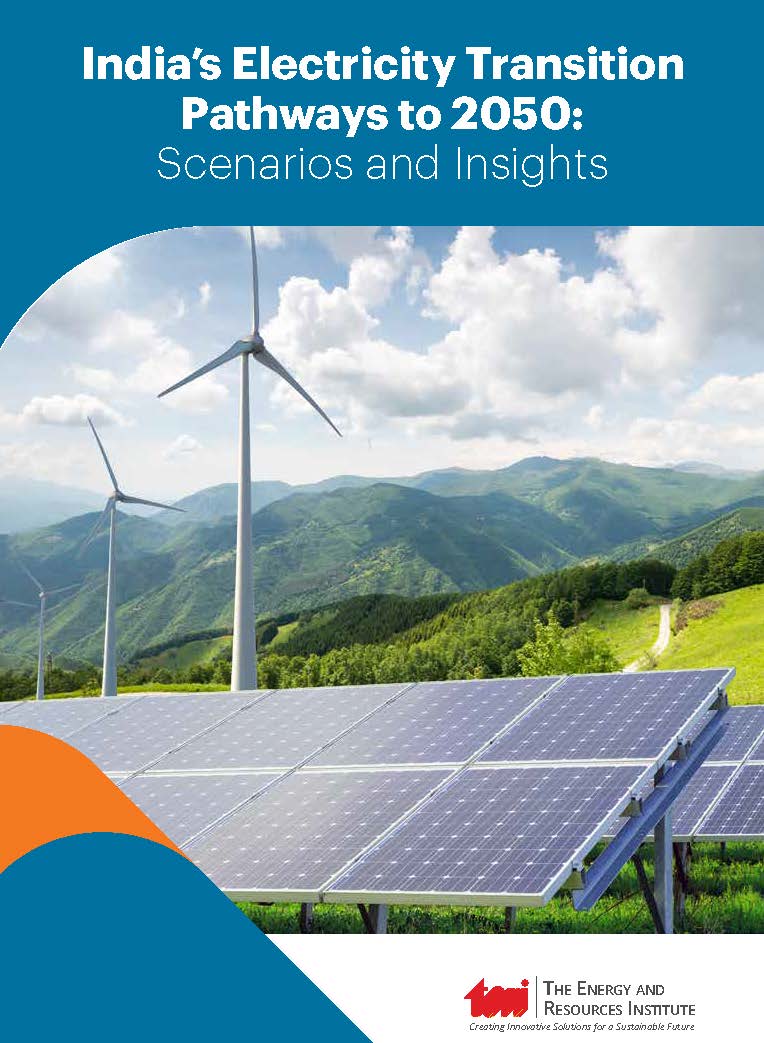India’s Electricity Transition Pathways to 2050: Scenarios and Insights
February 2024
Energy transition is at the core of restricting global climate change and achieving sustainable development. The difference between a gradual and rapid transition will eventually determine the climate future of India. During the last decade, there has been a steep decline in the costs of renewables (solar and wind) and energy storage technologies (BESS), which helped India in reaching a significant milestone of 125 GW renewable capacity in 2021.
The power sector in India contributes ~50% of the fuel-related emissions. The challenge to India’s power sector is unprecedented and focusing on the sustainability considerations, climate change concerns need to be duly kept in mind. Assessing India’s electricity pathways to mid-century is vital while tackling these substantial challenges.
According to this study, India is expected to witness a fourfold growth in electricity demand and new investments of the order USD 1.2 to 1.6 trillion by mid-century indicating the gradient of investments and change in demand. Investments in efficient generation technologies, scaling up transmission infrastructure and energy storage will underpin India’s clean energy transition trajectory. Further, a comprehensive assessment of renewable energy potential and associated land availability needs close attention as demand electrifies rapidly.
The report examines the power system flexibility with high penetration of renewables, providing insights into technical and operating interventions. In line with India’s announcements at COP26, No Fossil-fuel Scenario (NFS) of the study suggests that with coal phasing down after 2030, battery storage capacity with a longer duration would aid in balancing daily and seasonal intermittency with support from pumped hydro storage. The increasing penetration of renewables, batteries and EVs create an even more challenging context in system planning. Power sector planning now needs a holistic approach across the centre and state to coordinate multiple stakeholders while ensuring India’s energy security and affordable energy price.









